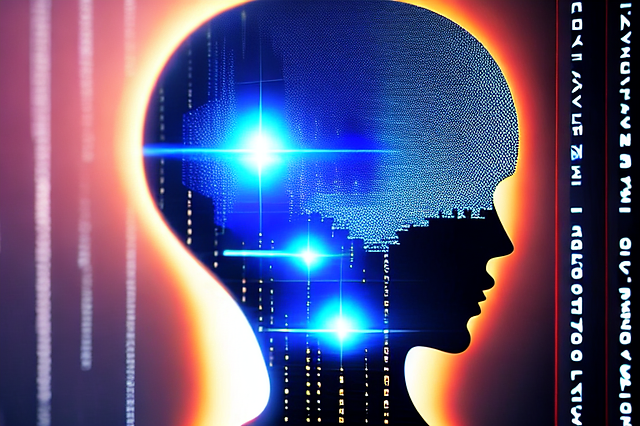Robotics is a multidisciplinary field that encompasses engineering, computer science, physics, and mathematics. It deals with the design, construction, operation, and use of robots, which are machines that can perform tasks autonomously or with minimal human intervention. Robotics has numerous applications, including manufacturing, agriculture, healthcare, transportation, and entertainment.

One of the key components of robotics is the robot itself. Robots come in many different shapes and sizes, from small mobile robots that can fit in the palm of your hand to large industrial robots that can weigh several tons. They can have different types of sensors, such as cameras, lasers, and tactile sensors, that enable them to perceive their environment and interact with objects and people.
Another important component of robotics is control systems. Control systems are used to manage the behavior of the robot, such as its movement and the tasks it performs. There are many different types of control systems, including proportional-integral-derivative (PID) controllers, state-space controllers, and model predictive controllers.
One of the key challenges of robotics is developing algorithms that enable robots to perform tasks autonomously. This requires designing algorithms that can perceive the environment, plan and execute actions, and adapt to changing conditions. For example, a robot that is tasked with navigating an unfamiliar environment must be able to detect obstacles, plan a path around them, and adjust its trajectory as it encounters new obstacles.
Another challenge of robotics is ensuring that robots can interact safely with people. This requires developing sensors and control systems that can detect and respond to human presence, as well as designing robots that are physically safe to be around. For example, collaborative robots, or “cobots,” are designed to work alongside human workers in factories and other settings, and must be programmed to avoid collisions and other hazards.
Robotics also has ethical and societal implications. As robots become more prevalent in society, there is concern about their impact on employment, privacy, and security. There are also questions about the use of robots in military applications and the potential for robots to be used for harmful purposes.
Despite these challenges, robotics has the potential to transform many aspects of society. For example, robots can perform tasks that are too dangerous or difficult for humans, such as exploring space or defusing bombs. They can also improve efficiency and productivity in industries such as manufacturing and agriculture, and improve the quality of life for people with disabilities or age-related mobility issues.
In conclusion, robotics is a complex and rapidly evolving field that has numerous applications and challenges. By bringing together expertise from multiple disciplines, robotics researchers are pushing the boundaries of what is possible with robots and advancing our understanding of how robots can be used to benefit society. As the field continues to evolve, it will be important to address the ethical and societal implications of robotics and ensure that robots are designed and used in ways that are safe, ethical, and beneficial for all.

